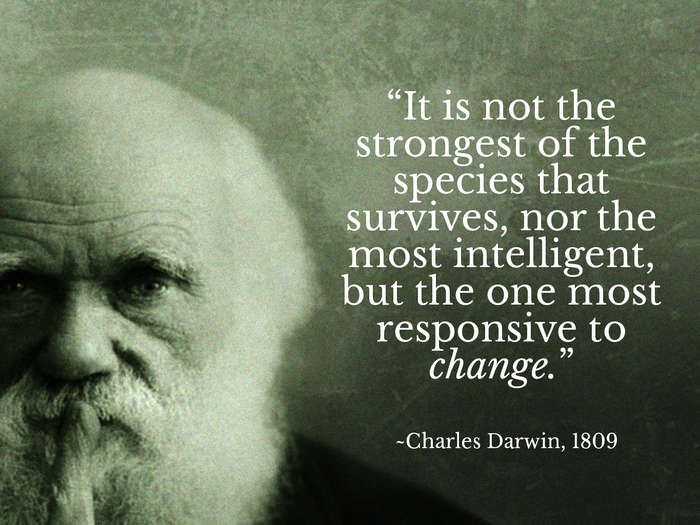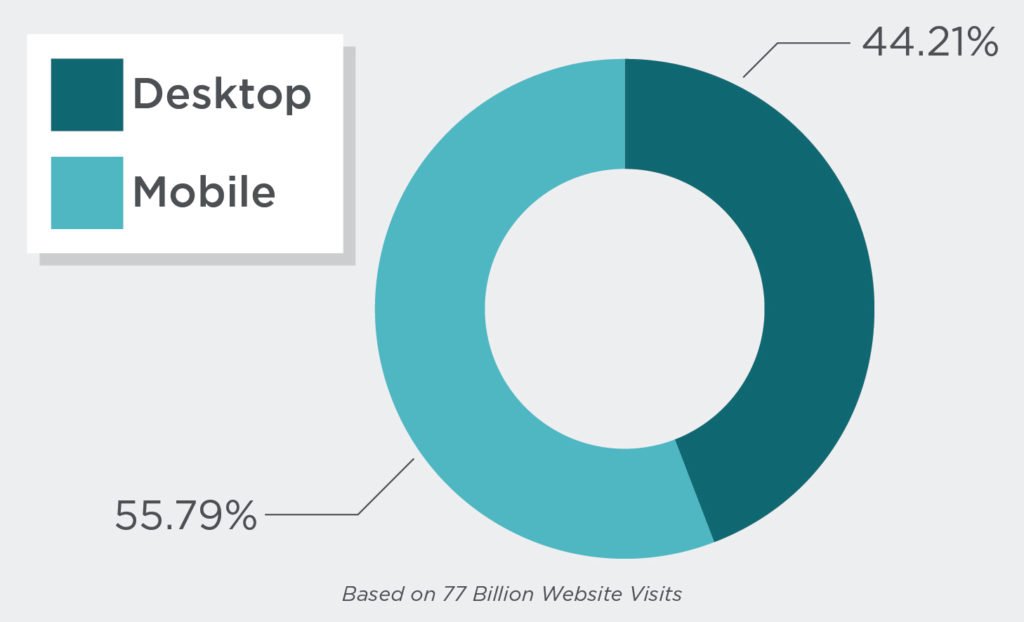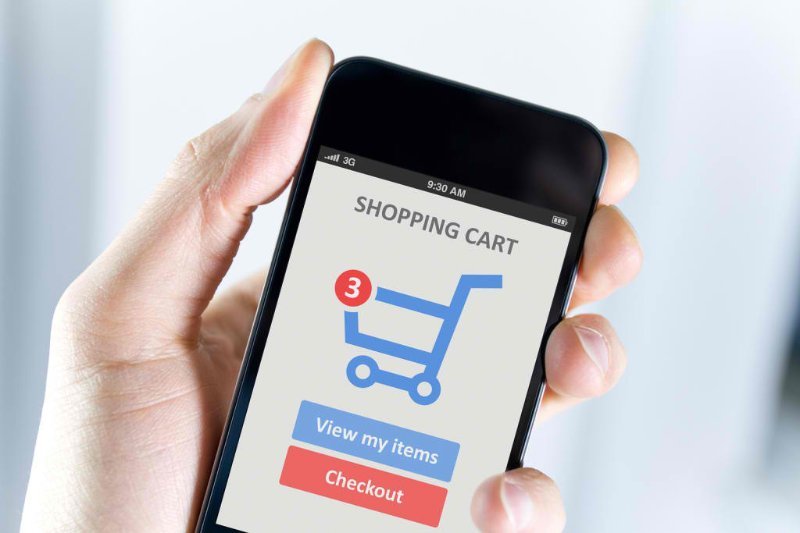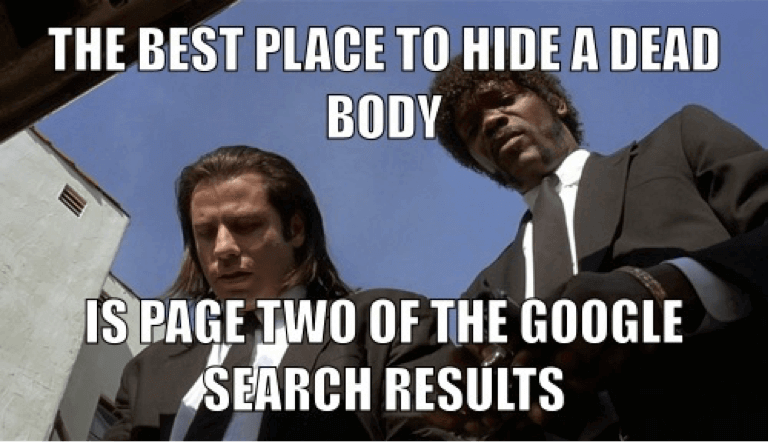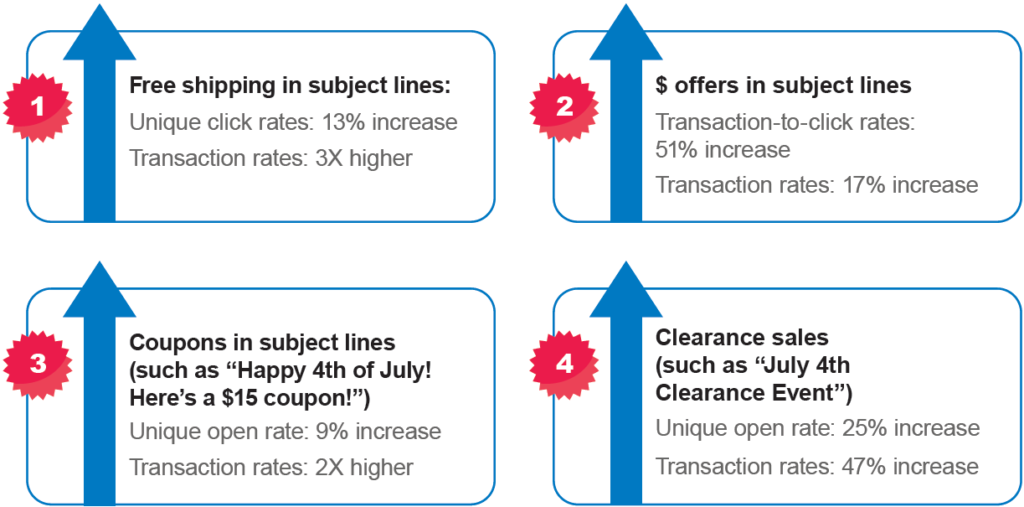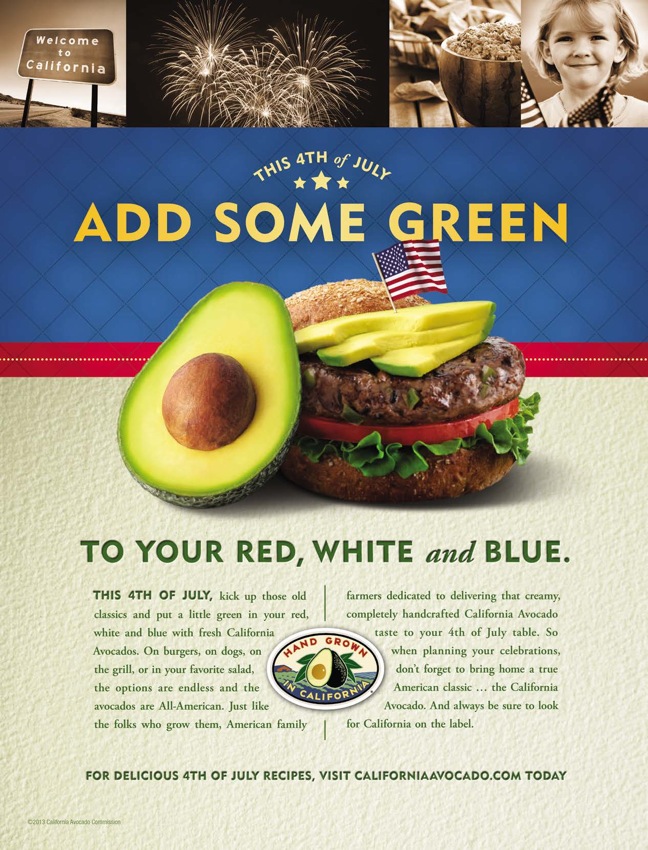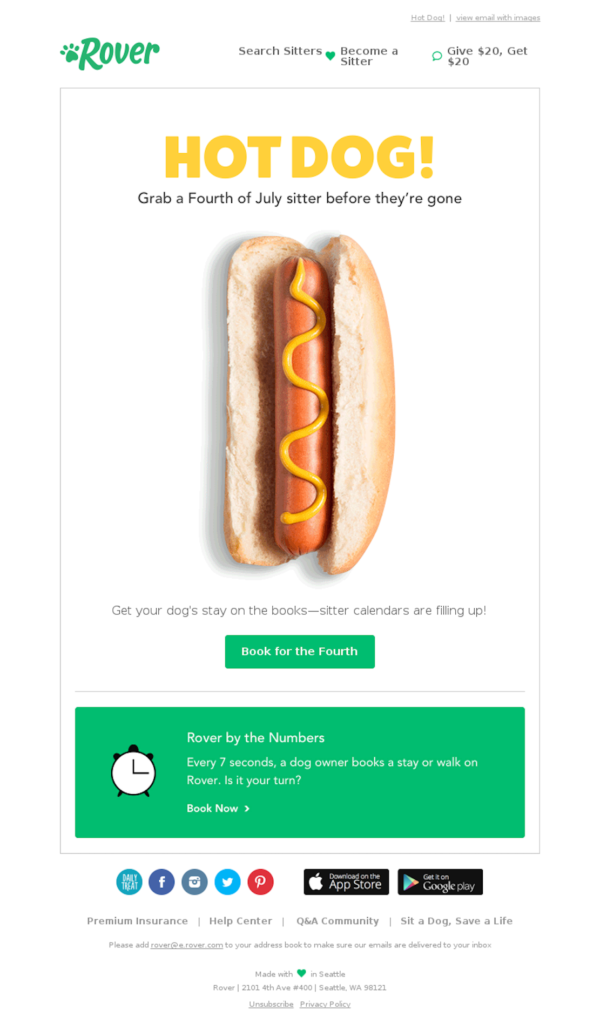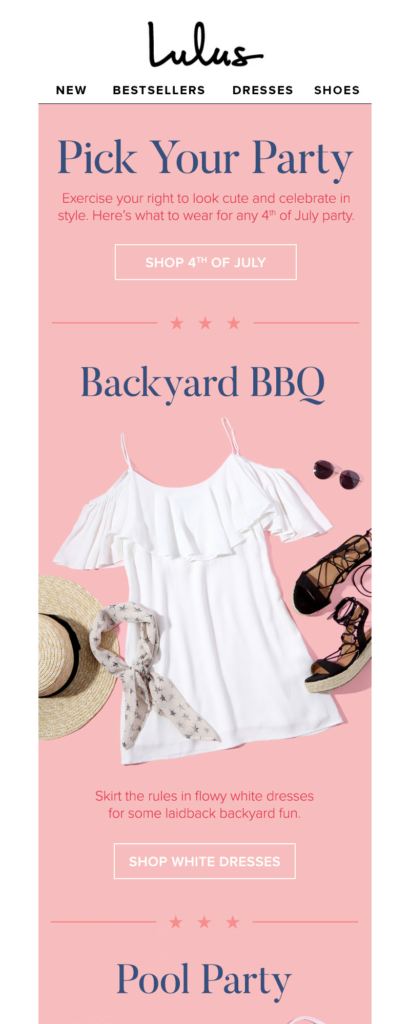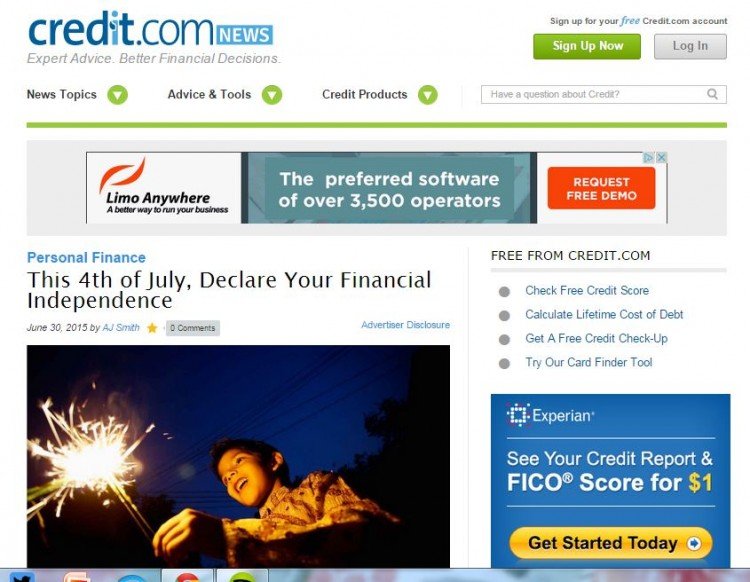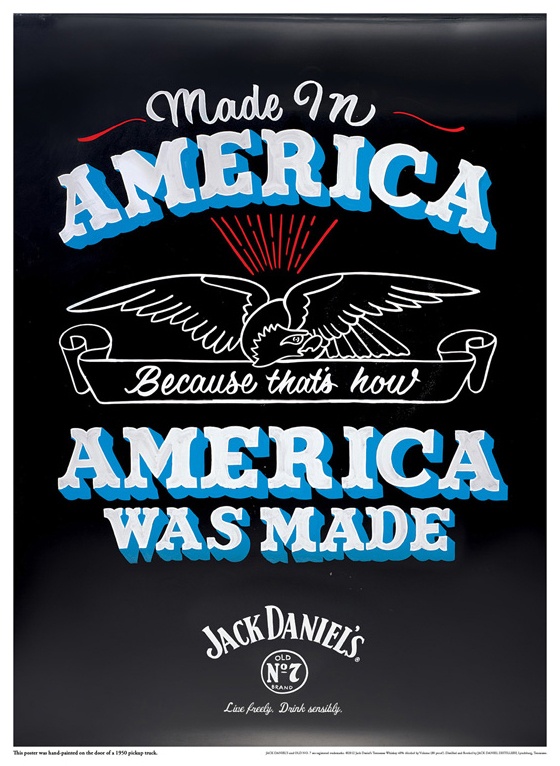
San Francisco-Based Pierry Rebrands as Wunderman Thompson
Move bolsters Wunderman Thompson’s Salesforce Center of Excellence to deliver enhanced, connected experiences for clients.
March 3, 2020 – NEW YORK, NY – San Francisco-based marketing services agency Pierry Inc. has rebranded to parent company Wunderman Thompson, a WPP creative, data and technology agency built to inspire growth for its clients. Pierry’s rebrand solidifies Wunderman Thompson’s Salesforce Center of Excellence and enhances their marketing technology offering under one brand. The new identity leverages Pierry’s existing skills and combines them with Wunderman Thompson’s marketing technology expertise to meet clients’ growing demand for the Salesforce Customer 360 Platform, and Pierry and Wunderman Thompson’s shared clients will now have simpler access to the expertise of both agencies.
Founded in 2008, Pierry was acquired by Wunderman in September of 2017 and became a significant part of Wunderman Thompson’s Salesforce Center of Excellence after Wunderman and J. Walter Thompson came together in 2019 to become Wunderman Thompson.
Wunderman Thompson’s Salesforce COE encompasses Pierry, Mirum, ENext, EMark, The Cocktail, and Gorilla Group to deliver expanded marketing automation, CRM and CDP solutions for clients worldwide.
Wunderman Thompson’s Salesforce offering reduces complexity for clients by providing a one-stop solution to create customer experiences that deliver what consumers need, when they need it, at speed. By simplifying marketing technology, clients can focus on creating the kind of experiences that inspire customers and consumers to action, with technology that transforms customer journeys.
Wunderman Thompson’s marketing technology offering is comprised of three key elements: customer acquisition technology, experience technology and commerce, integrated with Wunderman Thompson’s data and mobile experts to deliver customized digital interactions and build deeper ties with customers.
“With Pierry’s rebranding, Wunderman Thompson positions itself as one of Salesforce’s largest agency partners globally for building data-driven marketing and advertising technology solutions for personalized customer engagement,” said Stephane Viallet, VP of Alliances, Salesforce.
“I’m excited to officially move Pierry under the Wunderman Thompson banner,” said Neil Stewart, Global CEO of Wunderman Thompson Commerce. “Data-driven thinking leads to consumer experiences that get results for clients, and Pierry’s expertise strengthens our Salesforce Center of Excellence to inspire growth for our clients.”
Salesforce and others are among the trademarks of salesforce.com, inc.
About Wunderman Thompson
Wunderman Thompson is a creative, data and technology agency built to inspire growth for its clients and people. Our experts deliver end-to-end solutions at a global scale with an entrepreneurial spirit that infuses creativity with emerging technology to deliver revolutionary work. Headquartered in New York, we are a worldwide agency bringing together over 20,000 people in 90 markets across the globe.
About Pierry Inc., A Wunderman Thompson Company
Pierry, Inc was founded in 2008 with one goal in mind – help its clients make the most of their digital presence. Today, this remains our goal, but we have since grown from a small staff servicing local businesses into a full-service digital marketing agency, providing world-class service to some of the most recognizable brands in the world. Our services include creative, strategy, campaign management and implementation of cloud-base technology. We are a proud Salesforce Partner.
In 2017, Pierry became a part of WPP and the Wunderman Group companies.


 Media Spend Optimization Through Suppression
Media Spend Optimization Through Suppression

 1. Impeccable timing is an admired and often success indicating trait. With an email welcome series, this philosophy also holds true – whether it’s ensuring that the initial communication is sent soon after the trigger event or ensuring completion of the welcome series in a timely fashion. The entry points to a welcome series can be many and varied, however what is constant is the need to trigger the welcome series while the action is still fresh. In addition to the initial welcome email, timing also comes into play throughout the welcome series. Even send spacing, so as not to fatigue the reader, balanced with the need to stay top of mind should be considered for the email flow. We’ve all experienced a series of emails from a brand that like dating, were too much too soon or so spaced out that all momentum and possibly interest were lost. The final timing consideration is to ensure once the welcome series is complete, a seamless transition for the customer to another form of regular communication takes place.
1. Impeccable timing is an admired and often success indicating trait. With an email welcome series, this philosophy also holds true – whether it’s ensuring that the initial communication is sent soon after the trigger event or ensuring completion of the welcome series in a timely fashion. The entry points to a welcome series can be many and varied, however what is constant is the need to trigger the welcome series while the action is still fresh. In addition to the initial welcome email, timing also comes into play throughout the welcome series. Even send spacing, so as not to fatigue the reader, balanced with the need to stay top of mind should be considered for the email flow. We’ve all experienced a series of emails from a brand that like dating, were too much too soon or so spaced out that all momentum and possibly interest were lost. The final timing consideration is to ensure once the welcome series is complete, a seamless transition for the customer to another form of regular communication takes place.


